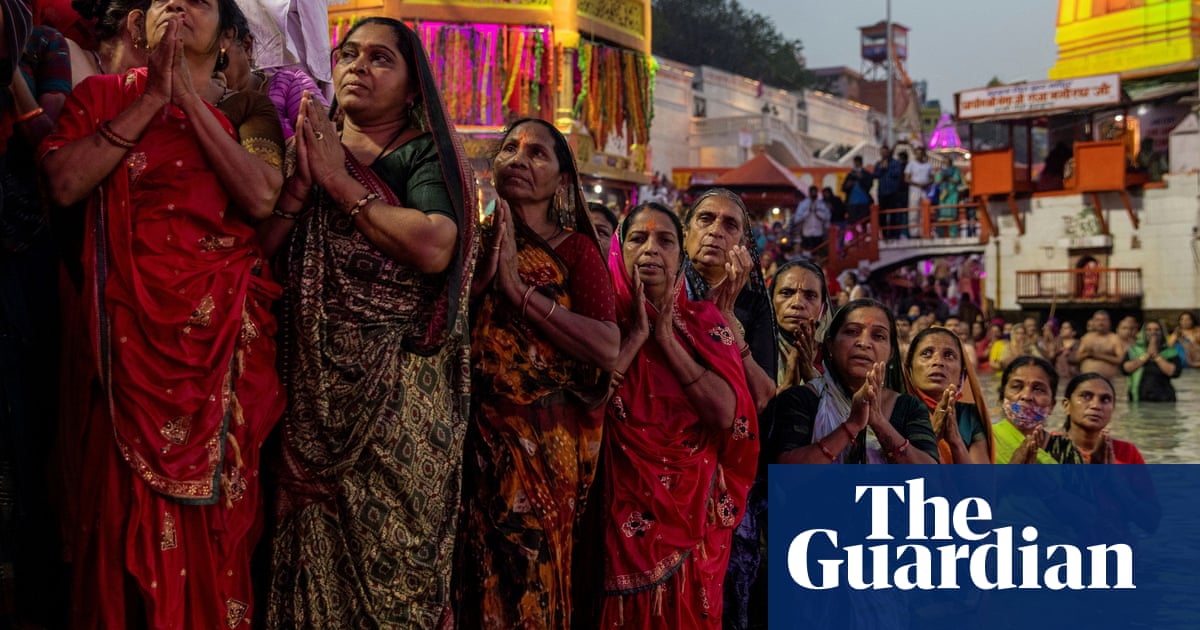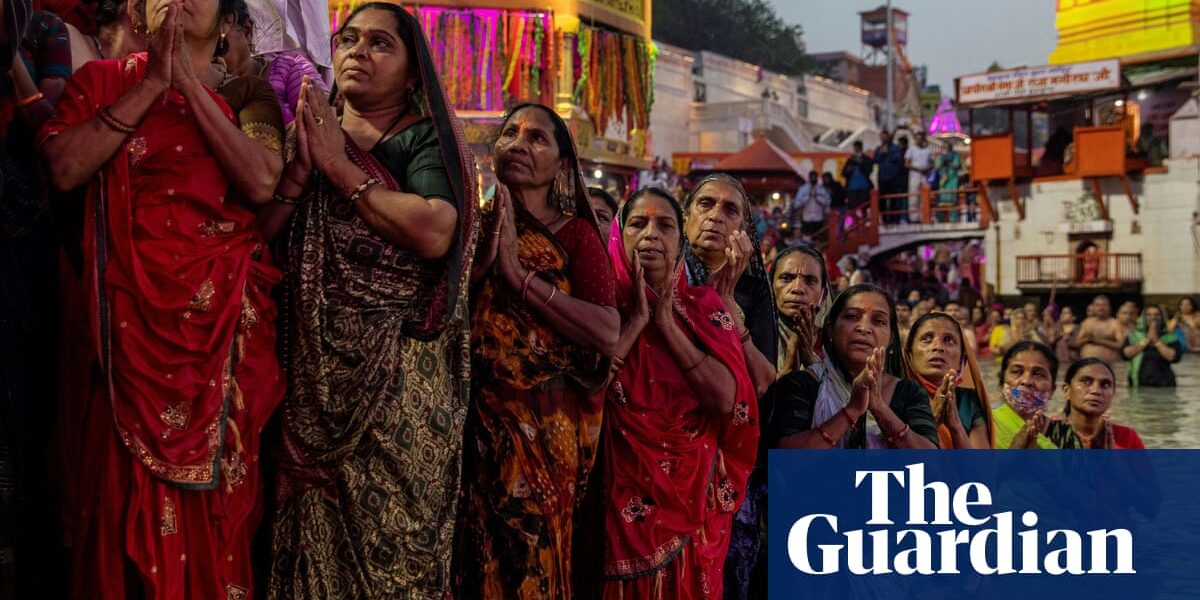
By 2001, when this collection of 12 interviews with US writer and broadcaster David Barsamian begins, Arundhati Roy was already under fire. Leading leftwing critics, among them Aijaz Ahmad, had attacked her Booker prize-winning The God of Small Things (1997) for its anti-communism. In Kerala, where it was set, she was charged with “corrupting public morality”. The End of Imagination (1998), an essay collection in which she railed against India’s turn to nuclear nationalism and the growing number of mega-dam projects harming the country’s environment and rural population, led to charges that she was anti-progress, anti-patriotic, unladylike.
Did this make her watch her tongue? The very thought. Her fires keep burning all the way through The Architecture of Modern Empire, whether she’s talking in Delhi or Las Vegas, at Berkeley High School or in the back seat of a car driving across Boston. Sometimes she laughs, sometimes she rages, sometimes both. Were a non-Indian to itemise the country as she does they would be damned as an orientalist. Anti-blackness, huge rates of illiteracy and malnutrition, the murder of millions of young girls, the ubiquity of rape, feudalism, ever greater numbers of deaths in custody, “genocide” against Muslims, air pollution, river poisoning: it’s a dark index.
Roy is stringent and unforgiving about the “mad pathology” of this India where “peace is a daily battle for food and shelter and dignity”. She worries about globalisation, which, unlike pro-growth proselytisers, she sees as a spiritual virus. In the west, she believes, “every person that’s walking down the street is a walking barcode”. Americans, in particular, are “being reared in a sort of altered reality, like broiler chickens or pigs in a pen”. The real problem? “India is becoming very much like the United States, so self-absorbed. The Indian middle class is more and more arrogant, more and more insular.”
Until the publication of The Ministry of Utmost Happiness in 2017 it was unclear whether Roy would ever write another novel. Here she is by turns defiant, stressed, insouciant. She talks of the huge amount of correspondence she receives and her reluctance to hire anyone to deal with it: “I don’t look at writing as a profession, a career.” She’s grounded enough, though, to set up a trust for all her nonfiction royalties so they can be funnelled to progressive organisations across the country. She can sound like an embattled rapper (“I’m a loner”; “I just say what I have to say … I’m not here to say what people want to hear”) and a romantic (“Fiction is the truest thing there ever was.”)
More than half the interviews were conducted before 2009. This was an era, for some on the international left, defined by Howard Zinn, Noam Chomsky, Edward Said, a belief that the success of Michael Moore’s Fahrenheit 9/11 was going to augur an insurgent popular front. Roy is touchingly confident that the “buffalo” of “mainstream corporate media” would be faced down by the “bees” of ad-busting activists and an alternative internet. Could she have predicted that as early as 2012 Narendra Modi would, in the form of a hologram, address a rally, or that social networks might be exploited by fundamentalists?
Not all of Roy’s invective has lost its power. In 2002, discussing her essay Come September, she points out that 11 September 1922 was the date Britain marked out a mandate on Palestine: “Eighty years on, the Palestinians are still under siege. How can one come to the United States and not mention Israel’s illegal occupation of Palestinian territory? The US government is funding it and supporting it politically and morally. It’s a crime.”
Of Modi, who was chief minister of Gujarat in 2002 when more than 1,000 Muslims were slaughtered in an inter-communal riot, she observes: “The courts, the press, the parliament are not functioning as checks and balances. If they were, he would be in jail today.” Her belief that his party, the BJP, and the World Bank share the same philosophy of development would have been applauded by the many thousands of desperate farmers who descended on Delhi at the end of 2020.
after newsletter promotion
This book doesn’t yield insights into Roy’s art or politics to surprise her longtime admirers. Barsamian is a knowledgable interlocutor, but he doesn’t seem to believe in the value of disagreement or dissensus. He would, for example, have done well to take issue with her too-easy dismissal of “elites” – that line of attack having by now been appropriated by the right. Footnotes fleshing out some of the political minutiae would have been helpful, too.
Still, for all the grimness Roy catalogues, I was struck by her unbudgeable belief that there is still very much an India that inspires hope. She sees it in the “inherent anarchy” outside the big cities: “One day you have the Kumbh Mela [pilgrimage], with millions of people, and a Naga sadhu [religious ascetic] trying to pull the district collector’s car with his penis. And you can’t tell him that corporate globalisation is the answer to your problems.”
Source: theguardian.com


